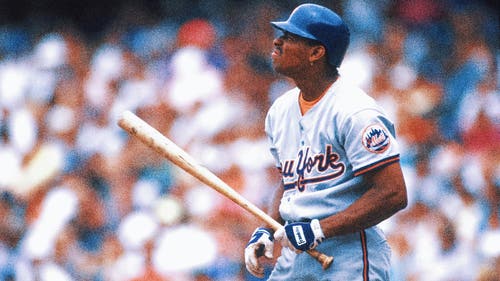
Dwight Gooden: Phenom for the ages
Few young pitchers have ever burned so brightly or flamed out so dramatically as Gooden. As a 19-year-old with the Mets in 1984, he went 17-9 with a 2.60 ERA and a league-high 268 strikeouts en route to NL Rookie of the Year honors. The next year he was even better: 24-4 with a 1.53 ERA and 276 strikeouts—good for the pitching Triple Crown—and 12.1 WAR, tied with Steve Carlton's 1972 and Pete Alexander's 1920 for the highest single-season total of the live-ball era. He came back to earth somewhat in 1986 but still finished 17-6 with a 2.84 ERA and 200 Ks while helping New York win the World Series. At 21, he still seemed well on his way to the Hall of Fame.
But after testing positive for cocaine the following spring and spending two months in rehab, his career took a darker turn. He still put together impressive seasons such as in 1988 (18-9, 3.19 ERA) and '90 (19-7, 3.83 ERA, 223 strikeouts), but further drug problems interrupted his career; he pitched just seven major league games in 1994 and none in '95 while serving a year-long suspension. He came back with the Yankees in 1996 and pitched a no-hitter during a stretch in which he emerged as New York's temporary ace, but he suffered from arm fatigue and missed the team's run to the world championship. The final four seasons of Gooden's career (1997 to 2000) were pedestrian ones. He finished with a career record of 194-112, a 3.51 ERA and 53.2 career WAR. His 46.1 JAWS ranks 95th all-time, but that was far short of Cooperstown material, and he received just 3.3% of the vote in 2006.
VERDUCCI: 1985 was the Summer of Doc










